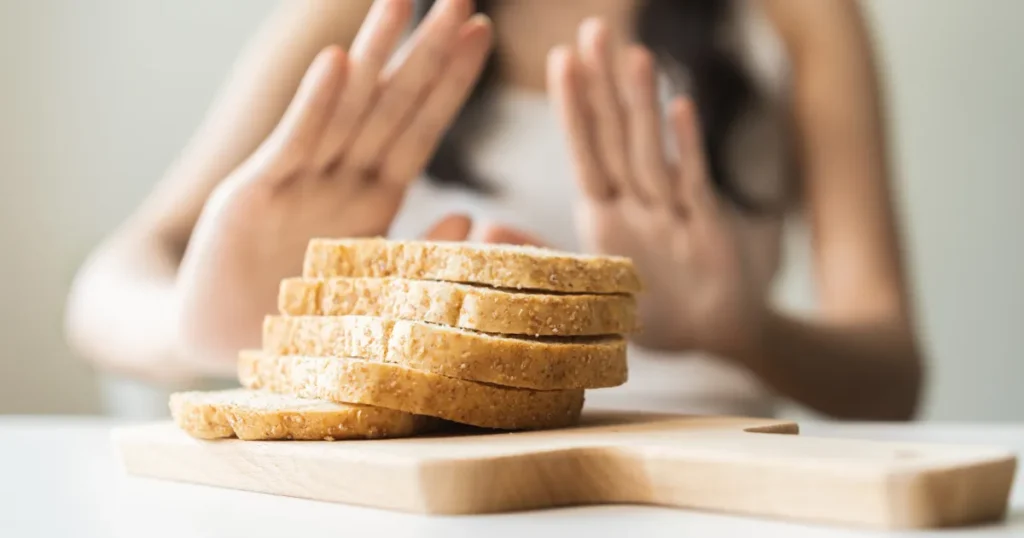Over the past few years, “gluten-free” has turned into a buzzword and a fast-growing niche in the food industry. But with new health trends constantly popping up, it can be tough to figure out what’s legit and what’s just hype. When it comes to gluten-free diets, more than any other recent food trend, the debate shows just how tricky—and personal—it can be to sort out facts from exaggeration.

“Gluten” is actually a common name for a group of proteins called glutenins, found in grains like wheat (and its relatives, such as spelt), barley, and rye. These grains have been a dietary staple for thousands of years—some of the very first crops humans farmed over 9,000 years ago. In modern nutrition, they’re praised for supplying essential nutrients and protein. Ayurveda, the ancient healing system, even credits them with boosting strength, endurance, and healthy muscle and bone growth.
Surprisingly, issues with these grains have only become more common in the last 50 to 60 years—a tiny blip compared to how long they’ve been nourishing us.
Gluten’s bad reputation has spread even faster, fueled by two big problems: gluten sensitivities are notoriously hard to diagnose, and ignoring them can lead to serious risks. Only about 1% of people have celiac disease (CD), a severe autoimmune reaction to gluten that, if untreated, can cause major health problems—even cancer, neurological disorders, or death.

Most others fall into the hazy category of gluten sensitivity. Some struggle to digest gluten-heavy grains without an autoimmune response, and their symptoms often improve when they cut gluten out of their diet. (For more on how gluten reactions work and why they’re tough to diagnose, check this out.) Symptoms linked to gluten sensitivity include stomach trouble, rashes, fatigue, irritability, headaches, and even psychological effects. Interestingly, some people experience these issues without any digestive discomfort at all.
So, we’re dealing with a condition that has vague, wide-ranging symptoms, is difficult to diagnose, and can lead to serious complications. Sounds scary, right? That’s where the personal side comes in. If you think you might be sensitive to gluten, seeing a doctor is a good idea. And if you want to rule out celiac disease with a blood test, keep in mind it’s most accurate when you’re still eating gluten-containing foods.
Right now, the best way to check for sensitivity is an elimination diet. Cut out all grains (but hold off on buying gluten-free packaged foods for now!) for at least a month and see how you feel. Many people notice improvements within days, but a full month is recommended. If you feel better, reintroduce gluten carefully—opt for whole foods first. (If you dive straight into store-bought cookies, you’ll never know if it was the processed flour, sugar, or preservatives that upset your stomach!)
Ayurveda teaches us to eat foods rich in prana (life force) and considers our unique body type (dosha) when choosing what keeps us balanced. While most grains are tridoshic (good for all body types), some are better suited to specific doshas—so pick the right ones for you and cook them properly. Since Ayurveda is thousands of years old, its wisdom is based on ancient, unmodified grains. Some experts believe the rise in gluten sensitivity comes from modern farming and food processing.

Today’s wheat has been bred for higher protein, but processing strips away natural nutrients, which are then replaced with lab-made versions. Switching to heirloom grains has helped some people.
Research also suggests that conventional farming chemicals might change grain protein structures, so going organic when possible could make a difference.
At the end of the day, you’re the best judge of what foods make you feel vibrant, energized, and clear-headed—and which leave you foggy, sluggish, or just plain off. Blindly following the latest health craze isn’t smart, but neither is ignoring real health concerns. Like everything in life, finding balance in your diet is an ongoing journey.
